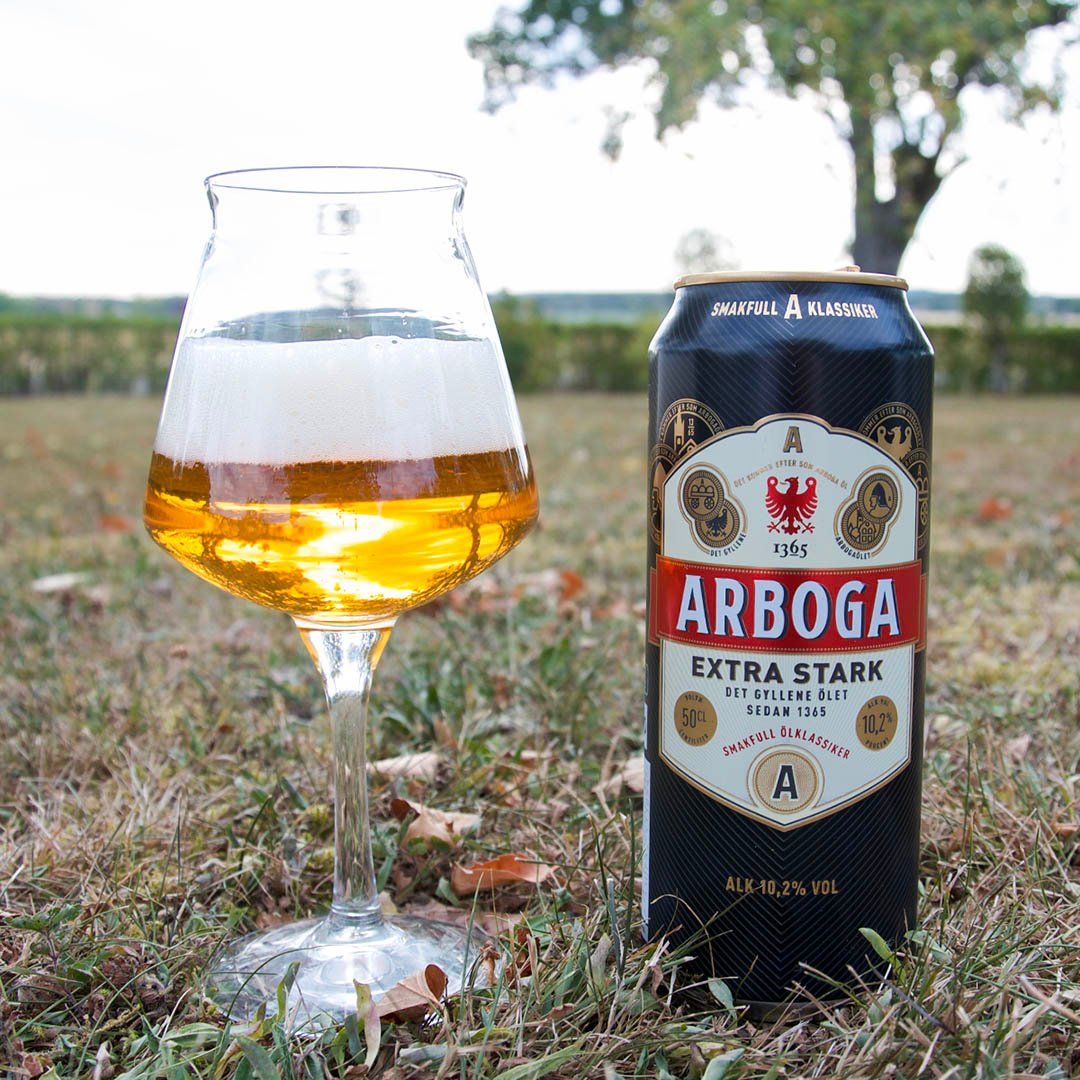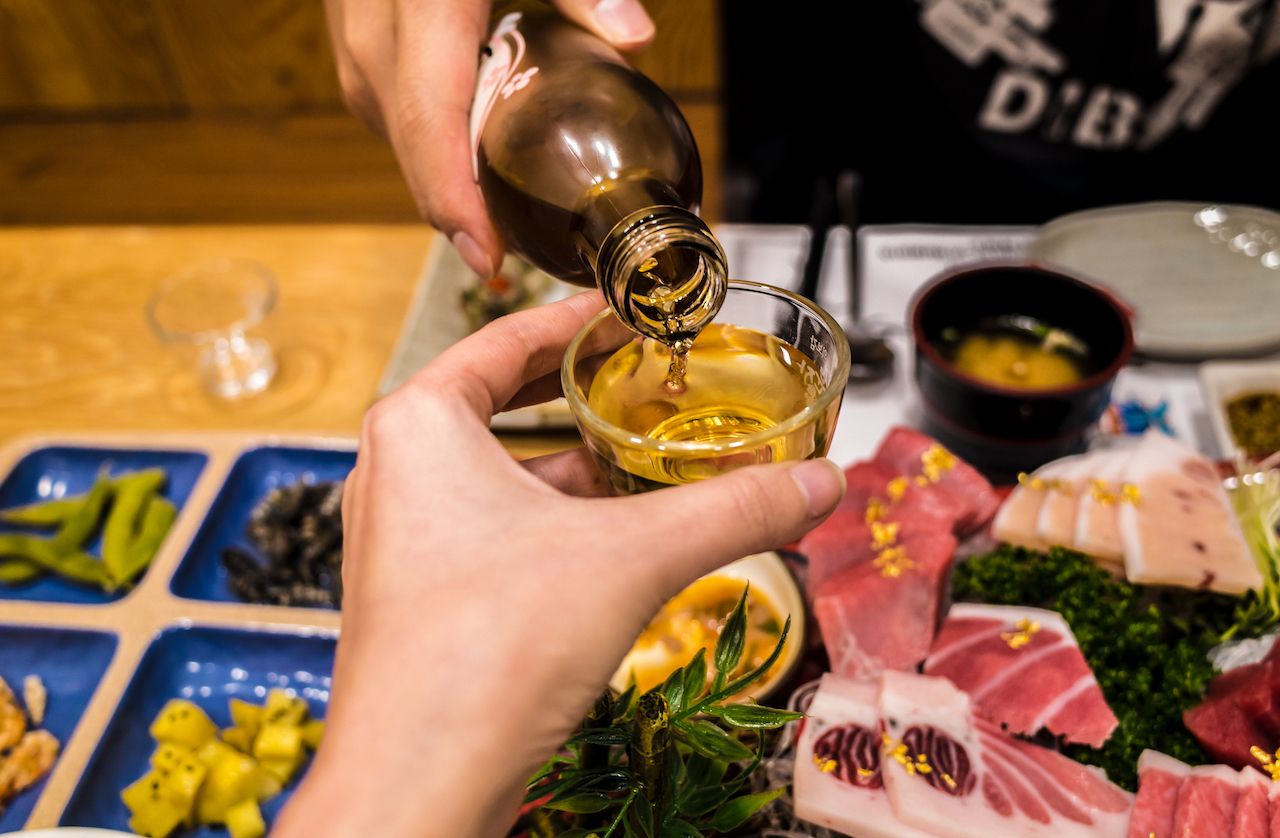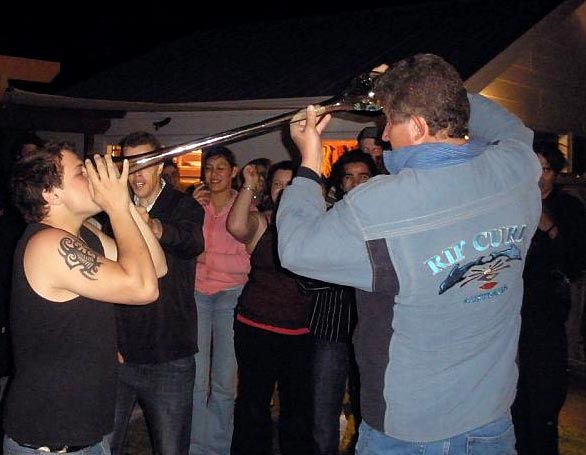The friendly faces behind Beer Buddies would like to remark that we are tired. And we want a vacation. And I’m sure you, dear reader, who is just as freshly escaped from the clutches of the holiday spirit as we are, would also like a vacation. Perhaps to some tropical island, some sparkling beach, and with a cold can of beer in hand. Unfortunately, as you may have heard, we live in unprecedented times. And who can afford a vacation when we can barely afford a pint (the latter being, obviously, the real tragedy)? The good news is, you may not have traveled all around the world, but you can drink like you have. We’ve all played beerpong, but here are some drinking traditions and trends from around to globe for next time you want to feel like the most cosmopolitan among your (beer) buddies.
In France, Germany, Czech Republic and other European countries, locals insist it absolutely imperative to maintain eye contact when toasting with others. You’d think this has to do with manners, with politeness and consideration towards the people you’re spending time with. And you’d be correct. But what you’d be missing is a secret third thing: no blinking, lest you be cursed with seven years of bad luck in the bedroom. You know, priorities. So bottoms up and eyes open!

Swedes, on the other hand, have forgone the pleasure of a cold ale for the pleasure of… their worst (yes, worst) beer warmed to precisely 55 degrees Celsius? This trend, or perhaps fledgling tradition, is known as “varmboga”. The Swedish Arboga is often joked about as being the country’s worst beer, and locals have taken to alleviating their suffering (as if alcohol only being sold in select specialty stores with ridiculously short schedules instead of supermarkets wasn’t bad enough) by treating their beer as they would a mulled wine, to see if all Arboga must need in order to become palatable is the loving warmth of a stove top to thaw it’s cold, cold heart (and flavor) out.

Speaking of warmth and politeness, as in literally every other aspect of life, East asian countries have taken courtesy to a different level at the bar, too. In South Korea, age is everything. This means that younger people show deference to older individuals when it comes to drinking. It is considered polite and respectful for the younger person to pour drinks for their older companions and make sure their glasses are never empty. You should always accept the first drink you’re offered, and you must never pour your own drink. Both glasses and bottles alike must be held with two hands when pouring for each other. In case older individuals are the one pouring, they should be shown gestures of respect, which here often means standing up or kneeling when presenting your glass.

Things get less polite in the land down under, where Australians have collectively decided that drinking out of shoes is a good idea (as demonstrated). Surprisingly, this practice is not new. In the 20th century, the act of drinking champagne from a lady’s slipper became a shorthand for decadence and sophistication. It is thought to have originated in 1902 at the Everleigh Club, a high-class brothel in Chicago. When a dancer’s slipper fell to the floor, a member of Prince Henry of Prussia’s entourage picked it up and used it to drink champagne. Drinking from another soldier’s boot was a traditional hazing ritual in the German army, and soldiers would drink from the general’s boot after a victory. During World War I, German soldiers were said to pass around a leather boot filled with beer, to bring good luck before a battle.

Meanwhile, the grass is still greener on the other side of the fence, as New Zealanders opt instead for a yardie, where the passage into adulthood is accompanied by chugging beer as quickly as possible from a tall and narrow yard-long glass. The New Zealand version of these vessels can usually hold more than two liters of liquid. How fortune or unfortunate of a predicament this might be shall be left up to interpretation.

Peruvians seem much more tame, in comparison, but not any less fun. The Peruvian beer circle also boasts special attention given to the art of pouring, and to foam. It also proves to be a great bonding experience, feeling almost ritualistic in nature. In this tradition, participants gather in a circle to drink together. It starts with one person purchasing a large bottle of beer intended to be shared by the group. The buyer pours beer into a small glass, drinks it, and hands the bottle of remaining beer to the person next to them. After drinking, they flick any foam left in the glass onto the ground and pass the empty glass to the next person. This process continues until everyone in the group has had a turn. The cycle can be repeated as many times as they wish.

And when beer becomes ritualistic, the Zulu people of South Africa have much to contribute. Beer is stored in clay pots, which play a symbolic role during certain ceremonies like burials, weddings, and births, as they are believed to serve as a link between the land of the living and the land of the dead. The ritual of drinking from these pots begins with the woman who brewed the beer pouring some onto the ground beside the pot, as an offering ancestral spirits. She then kneels and takes the first sip in front of the guests to demonstrate that the beer is safe to drink. Guests, in order of their social status and standing, then take turns drinking directly from the communal pot.



Leave a Reply